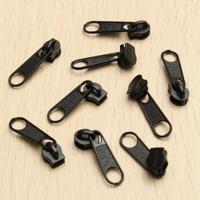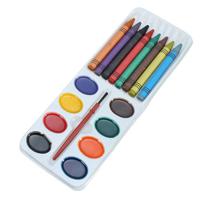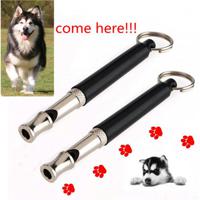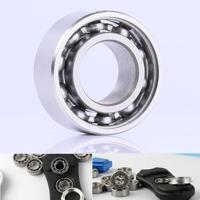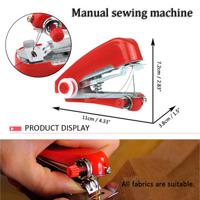Do you know that the actual inventor of the telescopes is still unknown? However, what we are sure about is that the word of it spread through Europe.
Around 1609, Galileo heard about it and built his version of the telescope. This modified version was used for observations of celestial objects. The telescope is an optical instrument that makes distant objects magnified. This is done by using an arrangement of curved mirrors and lenses or different devices. Since its beginning, humans are using this device to observe distant objects by their emission: absorption or reflection of electromagnetic radiations. However with the advancement in technology, there came a wide range of telescopes to meet different needs. Therefore before you head to buy one, it is important to know the possible options you can find during your hunt.
Different types of telescopes are available in the market now
Astronomy is an exciting science that benefits from advancements in technology. It is true even as a hobby, but the starting point is always to keep things simple. However, things again get complicated when one head to buy their first telescope. At first, it seems like there are so many types and factors of tele-scopes to consider, but they are all divided into three main categories in the base. Hence as a beginner, you need to decide between three basic types of tele-scopes. These basic categories are; reflecting, refracting and compound tele-scopes. Lets’ first know the characteristic features of a modern tele-scope. In the later discussion, we will present an insight into the construction and common use of these three types of tele-scopes.
Characteristic features of a modern telescope
A telescope that collects visible radiation uses a mirror or lens to gather light. At the same time, there are other types of telescopes that come with mirrors and lenses that we usually know. However, these unique mirrors and lenses serve the same way. All kinds of telescopes use light-gathering abilities to determine the area of the device that acts like a light-collecting bucket. As the lenses and mirrors are a common feature of almost all tele-scopes, they are used for comparing the powers. This is done by comparing the diameter, apertures, and tele-scope opening through which light travels. Hence, the aperture, the amount of light, and the tele-scope’s diameter are what you need to consider while buying.
Type 1 – Reflecting telescopes
Also known as Newtonian tele-scopes, these are best for novice enthusiasts. This simple design features mirrors to collect and focus light. These mirrors in these tele-scopes work similarly to the idea of the prism. Due to these features reflecting tele-scopes deliver better images because they reflect all wavelengths of light equally. This simple design is the reason why these tele-scopes are cheaper and best for basic zooming needs. Hence if you need a tele-scope to keep your passion for observation alive, here is your most straightforward and economical solution. However, what you need to be careful about is that these tele-scopes demand a high level of maintenance to stay with you for long.
Type 2 – Refractors
This type of tele-scope uses lenses instead of mirrors. They are great for novices because they demand little attention as compared to the previously mentioned type. The lenses of the refractor tele-scope are fixed; this won’t become misaligned like reflector’s mirrors can. The design of the refractor is hardier and will not get any damage due to shocks and bumps while transporting or handling the device. However, they do not have a secondary optic (mirror/reflector) obscuring the way of light to an eyepiece. Hence, they produce an image with a far better contract as compared to a reflecting tele-scope. However, here you can enjoy sharpening the image with no interference from outside air currents and temperature.
Type 3 – Catadioptric or handheld telescopes
They have termed a hybrid of refracting and reflecting tele-scopes that combine the best of both worlds. They have a shorter length and are easily portable. Moreover, they do well in correcting the aberration that separate tele-scopes suffer from. In the meantime, these tele-scopes are much more expensive as compared to reflecting tele-scopes. Moreover, they often experience issues like obstruction from secondary mirrors or having to collimate the tele-scope. For first time users, small to medium size reflectors are suitable. However, the selection also depends on the user’s level of experience, preferences, needs, and budget.




